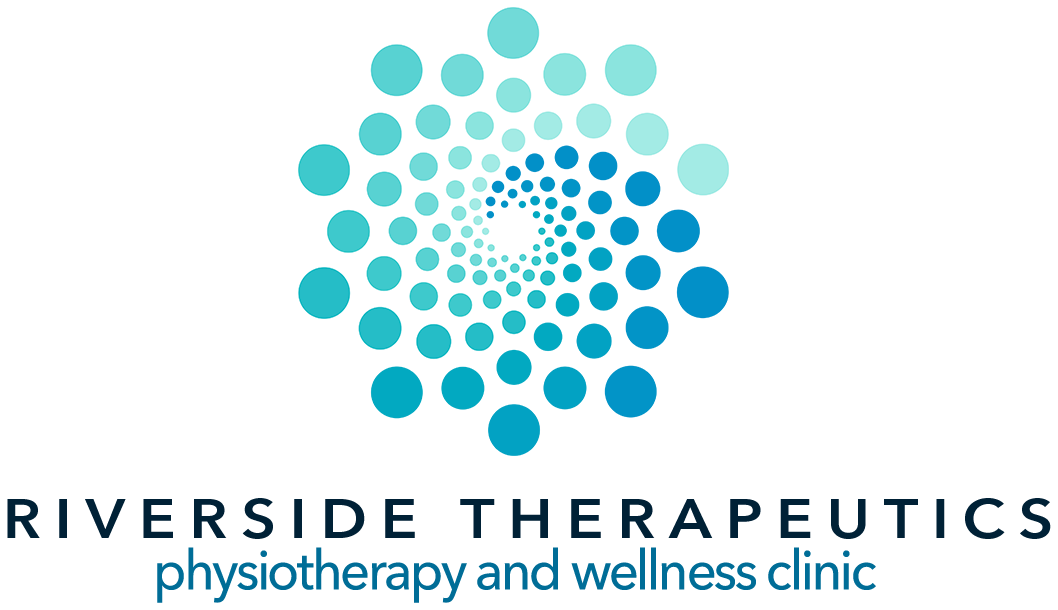ARTICLE:
Roughly one in four women have been given diagnoses of arthritis, compared with about one in five men, according to national health figures. But there are more than a hundred different kinds of arthritis.
Osteoarthritis, the most common form of arthritis, affects both genders equally, though different joints may be affected in men and women.
Other arthritic disorders affect far more women than men, with rheumatoid arthritis affecting three times as many women as men and lupus, an autoimmune condition that affects many organs, including the joints, affecting nine times as many women.
Gout or gouty arthritis is more prevalent among men until the older ages, when women catch up and the incidence between the sexes evens out.
Thumb arthritis is more common in women, and can be very disabling. Women are more susceptible to thumb arthritis than men for a number of reasons:
- Genetics. Osteoarthritis seems to run in families, and researchers have found specific genetic links among women for hand and knee osteoarthritis.
- Hormones. Research suggests that female hormones have an effect on the cushioning cartilage that sits between the bones of the joints to allow smooth joint movement. Although the female hormone estrogen protects cartilage from inflammation, women lose that protection after menopause when estrogen levels drop.
- Joint stability. Women’s joints are more lax than men’s—the bones move around more and are less stable within the joint. When joints have less stability, they are more prone to injury, and injuries can lead to arthritis.
When to seek treatment for your arthritis
Arthritis doesn’t have to spell the end of an active life. If you are experiencing worrisome symptoms or persistent pain, the physiotherapy team at Riverside Therapeutics can help. We work with you to identify your functional problems and develop an appropriate treatment plan.


